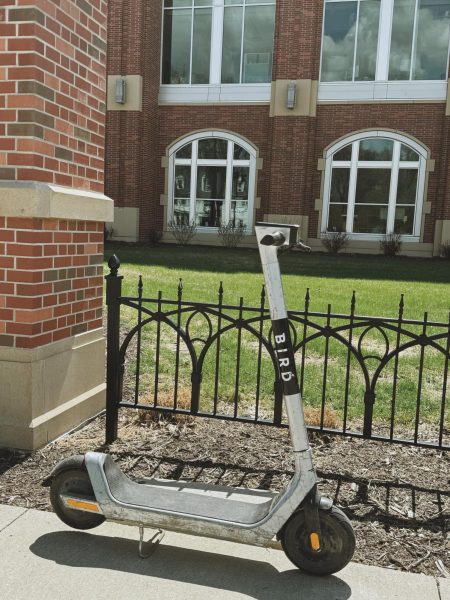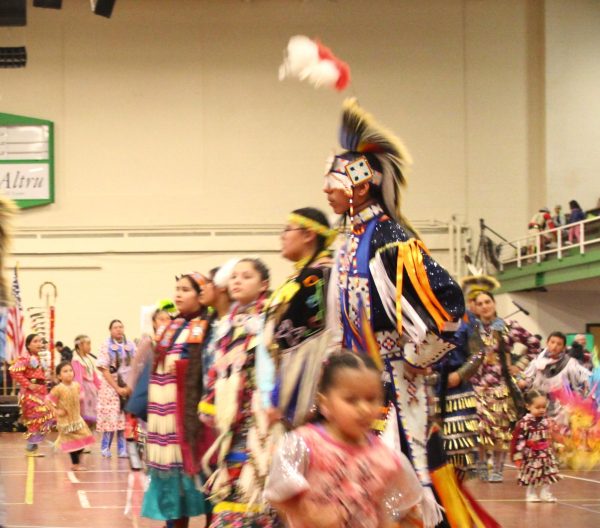Hemp road trip attempts to change the stereotype

October 25, 2016
After educating himself on hemp, Rick Trojan and his business partners started the largest hemp farm in the nation with over 300 acres dedicated to the cultivation of hemp. Harvesting the plant inspired Trojan to create the Hemp Road Trip to spread awareness of its prohibition in the United States.
“The purpose of the Hemp Road Trip is to raise awareness of hemp through a nationwide grassroots campaign, educate citizens, gather commitments to cosponsors of the Industrial Hemp Farming Act of 2015, influence state senators and representatives, promote domestic hemp businesses, educate farmers on the benefits of planting hemp and to document a nationwide campaign,” Trojan said.
Trojan believes North Dakota is in a unique position to cultivate hemp, given that many farmers have the tools and land necessary for efficient harvesting and processing.
Hemp is one of the oldest crops to be cultivated worldwide. In our nation’s history, the Declaration of Independence was drafted on hemp and it was commonly used to sew the first U.S. flags. Though hemp’s uses were widespread, by 1937 all types of the cannabis plant were banned in the United States.
The term “marijuana” was brought into the U.S. vocabulary in the ‘20s. Due to confusion over the similar appearance between the two cannabis types, hemp and marijuana, the U.S. government prohibited all cannabis plants by passing the Marihuana Tax Act. Hemp was incorrectly combined with marijuana, a stigma that remains to this day in most of our country.
“We’re starting to get some progress on the state level, but it remains illegal federally,” Trojan said. “Industrial hemp has less than 0.3 percent THC.”
THC is the psychoactive property found in marijuana. Hemp fibers are stronger, longer and more absorbent than cotton. The fine qualities of hemp allow it to be used in a variety of fabrics which block the sun’s UV rays more effectively than cotton.
Hemp and marijuana may look identical to an untrained eye, therefore various state and federal units spend their weekends trying to eradicate hemp in the mistaken belief that they are stopping drug use.
Hemp was grown commercially in the United States until the 1950s. It was doomed by the Marihuana Tax Act of 1937, which placed an extremely high tax on marijuana and made it effectively impossible to grow industrial hemp. While Congress expected the continued production of industrial hemp, the Bureau of Narcotics lumped industrial hemp with marijuana, similar to how the DEA presently views hemp.
Hemp grows well in a variety of soil types and climates. It is resistant to many pests, eliminating the need for pesticides. Hemp is grown in close proximity to other plants, so herbicides are not necessary. It also leaves a weed-free field for a following crop.
It can compete with cotton which is usually grown with lots of pesticide. In fact, 50 percent of all the world’s pesticides are sprayed on cotton.
Hemp can replace wood fiber harvesting for paper production which will save forests, wildlife habitat, recreation areas and increase oxygen production, reducing some of the damages from climate change.
“Our land is depleted, our air is polluted, and our bodies are filled with modified foods and synthetic chemicals,” Trojan said. “Our nation is finally breaking the misunderstanding of this crop, a crop that can bring economic growth and an American agricultural resurgence.”
Nick Sallen is the editor in chief for The Dakota Student. He can be reached at [email protected]











